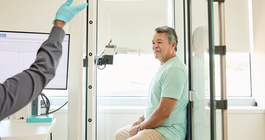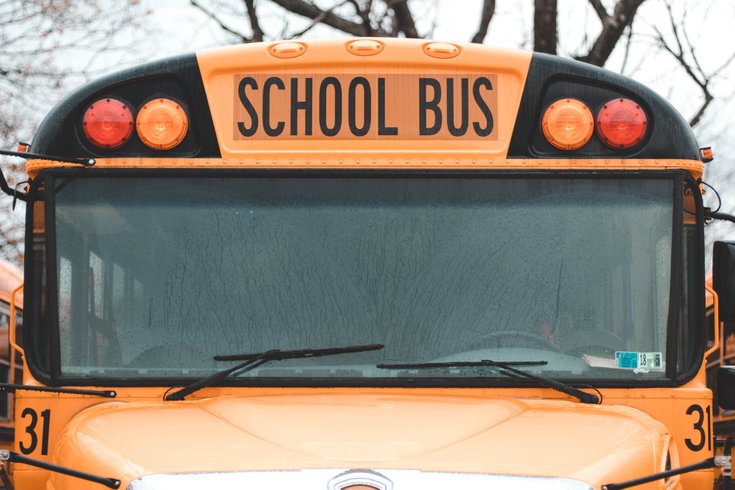
June 26, 2020
 Austin Pacheco/Unsplash
Austin Pacheco/Unsplash
New Jersey officials released guidance Friday to help school districts develop a COVID-19 reopening plan that includes policies for masks, social distancing and screening.
When New Jersey schools reopen this fall, they will do so under a set of COVID-19 mitigation strategies impacting almost every activity in the school day – from riding the bus to eating lunch to sitting in class.
The New Jersey Department of Education released an extensive report (which is embedded at the end of this article) detailing the minimum and recommended guidelines for reopening. Students and staff will be subjected to an array of requirements including face mask mandates, social distancing protocols and symptom screenings.
Districts are to use the 104-page guidance, dubbed "The Road Back: Restart and Recovery Plan for Education," to develop their own reopening plans. All schools are expected to resume some in-person instruction, though schools can develop a hybrid model that includes some virtual learning.
State officials outlined the health and safety requirements during a press briefing Friday.
"We have every expectation that our kids will return to their schools come September," Gov. Phil Murphy said. "We’re releasing this school reopening guidance today so districts can have the entirety of the summer break to plan and prepare."
The following requirements must be met by all districts:
In addition to these minimum requirements, the Department of Education outlined 10 "critical areas of operation" for schools to address COVID-19 mitigation efforts:
Social and emotional support programs should also be implemented to help students cope with changes caused by COVID-19, the guidance recommended. Increased child care and food distribution may help address these needs.
The guidance also includes additional planning measures to help the districts formulate their own reopening plans. They are organized under four categories: Conditions for Learning, Leadership and Planning, Policy and Funding, and Continuity of Learning. Most suggestions aim to help organize staff, balance budgets, provide student care, and help students and staff adjust to a changed school environment.
Education officials spent they spent weeks creating the guidance, Murphy said. They spoke to "roughly 50 education and community organizations, more than 300 superintendents and surveyed nearly 300,000 parents and guardians."
New Jersey Schools COVID-19 Reopening Plan by PhillyVoice.com on Scribd
Follow Allie & PhillyVoice on Twitter: @allie___miller | @thePhillyVoice
Like us on Facebook: PhillyVoice
Add Allie's RSS feed to your feed reader
Have a news tip? Let us know.